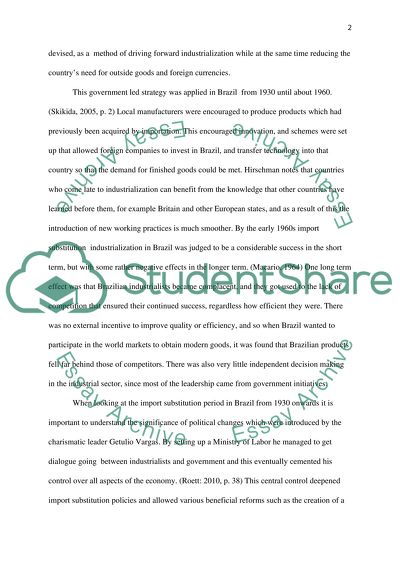Cite this document
(“How successful have development policies been in Latin American Select Essay”, n.d.)
Retrieved from https://studentshare.org/environmental-studies/1410116-how-successful-have-development-policies-been-in
Retrieved from https://studentshare.org/environmental-studies/1410116-how-successful-have-development-policies-been-in
(How Successful Have Development Policies Been in Latin American Select Essay)
https://studentshare.org/environmental-studies/1410116-how-successful-have-development-policies-been-in.
https://studentshare.org/environmental-studies/1410116-how-successful-have-development-policies-been-in.
“How Successful Have Development Policies Been in Latin American Select Essay”, n.d. https://studentshare.org/environmental-studies/1410116-how-successful-have-development-policies-been-in.


